
Ultimate Solar Watches Guide
Dive into the fascinating world of watch care as we unravel the secrets to combating the 10 most common types of watch damage, ensuring your treasured timepiece stands the test of time.

Keeping Time with Solar Watches: A Modern Choice for Convenience and Sustainability
It’s no surprise that many of our loyal customers are initially surprised when they hear about solar watches—they often assume these watches are rare, niche, or high-end. However, solar-powered watches are produced by most major watch brands, such as Citizen, Seiko, and Casio, with price points that align with both quartz and mechanical options. Solar technology has quietly become a powerful contender in the world of timepieces, offering the benefits of quartz precision and convenience with none of the drawbacks of frequent battery changes or manual winding.
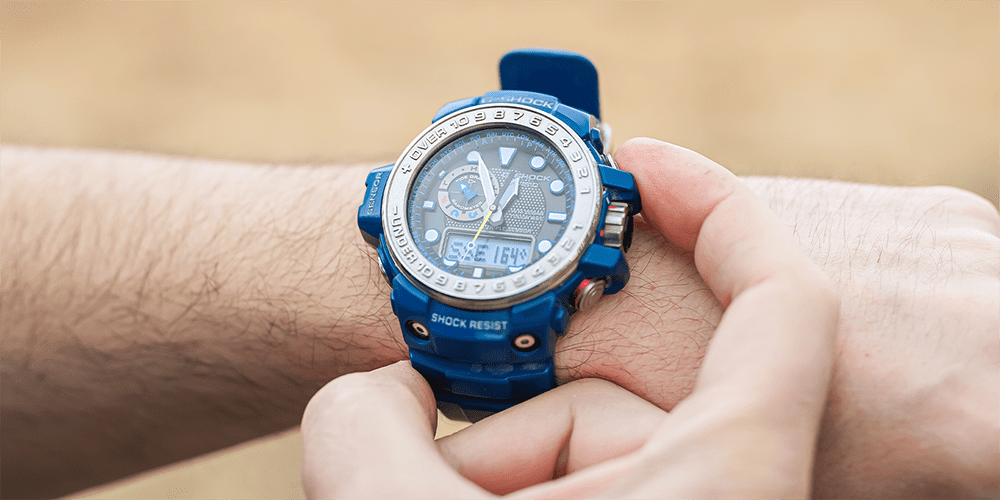
The History of Solar Watches
Innovation in Timekeeping
The concept of harnessing solar energy to power a watch began in the late 20th century, driven by advancements in solar cell technology and the growing desire for more environmentally-friendly solutions. The first attempts to create a solar-powered watch were in the 1970s when watchmakers sought to offer an alternative to traditional quartz and mechanical watches.
The Birth of Solar Watches in the 1970s
The earliest solar-powered watches emerged from the same era as other groundbreaking inventions, like the digital watch, and were part of an industry-wide push toward innovation. In 1972, the American watch company Synchronar debuted the world’s first solar-powered watch, developed by inventor Roger W. Riehl. Although bulky by today’s standards, the Synchronar stood out for its revolutionary use of solar cells and digital display. Synchronar watches charged under sunlight and could store energy, though they were seen more as a technological curiosity than a mainstream product.
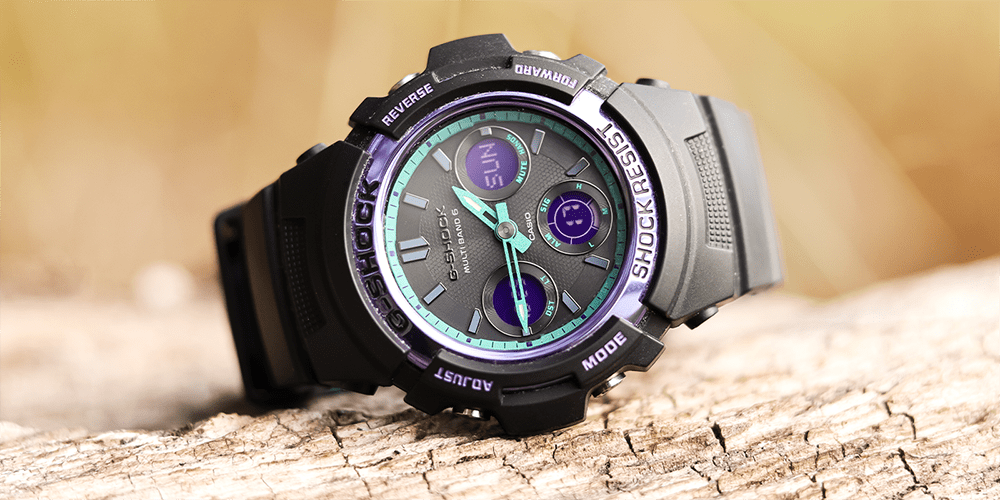
Solar Power Meets Traditional Watchmaking
Citizen and Seiko
The 1980s marked a significant turning point in the development of solar watches when the Japanese watchmaking giants Seiko and Citizen introduced solar technology into their timepieces. In 1977, Citizen released its first solar-powered watch model, the Crystron, which featured a photovoltaic cell that absorbed sunlight to power its quartz movement. The Crystron was a breakthrough in many ways; however, the limitations of early solar technology meant it needed direct sunlight to recharge, which posed practical challenges for everyday wearers.
In the years following the Crystron, Seiko entered the solar watch market, refining the technology to make it more efficient and user-friendly. Both Citizen and Seiko helped solar watches evolve from experimental novelties into functional, wearable timepieces that appealed to a broader audience.
Citizen would go on to introduce the Eco-Drive line in 1995, a collection that would redefine the solar watch industry by improving solar cell efficiency and dramatically extending power reserves.
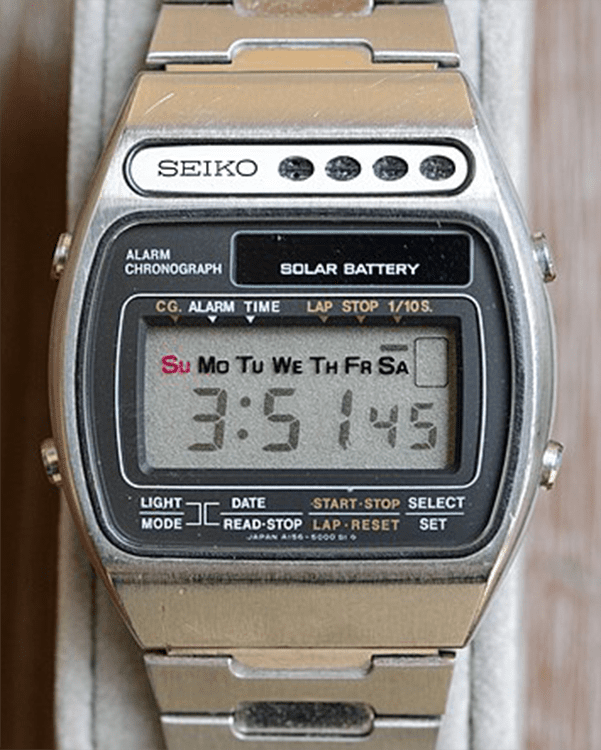
Citizen’s Eco-Drive and the Rise of Modern Solar Watches
Citizen’s Eco-Drive series, launched in the mid-1990s, is considered the catalyst that transformed solar-powered watches into a mainstay of the watch industry. By embedding thin solar cells under translucent dials, Citizen was able to create a seamless, stylish design without compromising the watch’s appearance. The Eco-Drive technology set new standards by capturing both natural and artificial light and converting it into energy, solving the issue of having to recharge solely under sunlight.
Eco-Drive watches became known for their impressive power reserves, with some models lasting up to five years in total darkness. Citizen’s continued investment in the Eco-Drive technology led to its recognition at the Eco Mark Awards in 2014, where it won the Gold Prize for combining functionality with eco-conscious design. Today, Citizen’s Eco-Drive line remains one of the most recognized and trusted names in solar-powered timepieces.
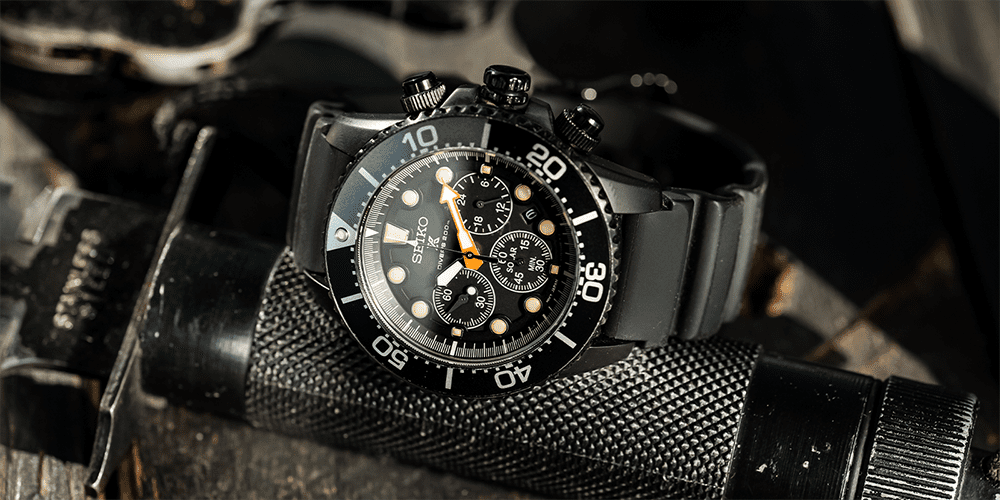
Solar Watches in the 21st Century
Beyond the Basics
As technology continued to improve, solar watches have grown more sophisticated and stylish. Modern solar watches come in diverse styles, from rugged outdoor designs to sleek dress watches, and offer a wide range of features, including GPS, Bluetooth, and smartwatch capabilities. These advancements have solidified solar watches as a practical choice for both tech enthusiasts and traditional watch lovers.
The Benefits of Choosing a Solar Watch
Solar-powered watches have several unique advantages that make them an appealing choice for environmentally-conscious and busy watch wearers alike. Here are some of the key benefits:
- Eco-Friendly Technology: Solar watches reduce the number of discarded batteries, directly benefiting the environment by decreasing the frequency of battery replacements. Their self-sustaining power source relies on renewable solar energy, meaning fewer resources are consumed over time.
- Battery-Free Convenience: With no battery to replace, solar-powered watches remove both the cost and the inconvenience associated with battery changes. This also means no need to worry about battery-related malfunctions.
- Maintenance-Free Operation: Unlike automatic watches, solar-powered timepieces don’t require winding, making them a hands-off choice for those who want a low-maintenance watch. Simply wear it, and the watch stays charged with normal exposure to light.
- Award-Winning Design and Innovation: Leading solar watch lines, like Citizen’s Eco-Drive, have earned prestigious awards for their technology. The Eco-Drive, for instance, won the Gold Prize at Japan’s Eco Mark Awards in 2014, underscoring both its technological and environmental merits.
- Rapidly Advancing Technology: Solar watches aren’t just another “green” option; they’re a constantly evolving technology that has only improved in efficiency, durability, and storage capacity. As technology advances, so do these timepieces, resulting in greater energy storage and faster recharging capabilities.
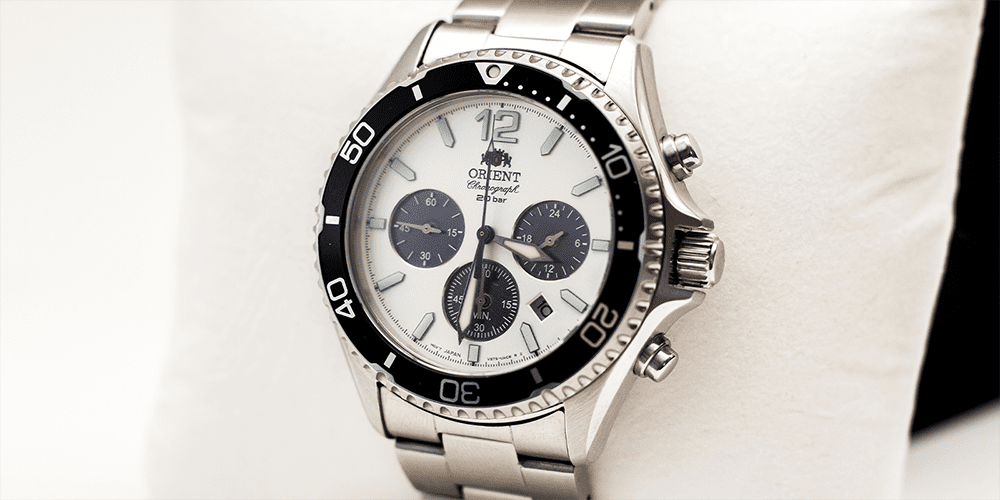
How Often Do Solar Watches Need to Be Charged?
One common misconception about solar watches is that they require frequent charging. Thanks to substantial improvements in energy storage and efficiency, solar watches are surprisingly self-sufficient. For example, Citizen’s Eco-Drive models can run between 45 days to an impressive five years on a full charge, depending on the specific model and power-saving features.
For everyday use, most solar watches hold a power reserve that can last 180 days (about six months) without additional light exposure. For owners of Citizen Eco-Drive models, this means the watch can be left in a dark drawer or closet and still retain enough energy to function long after being stored away.
If worn regularly, a solar watch will maintain its charge through normal daily light exposure, making it an ideal option for those who prefer a reliable, low-maintenance watch that’s always ready to go.
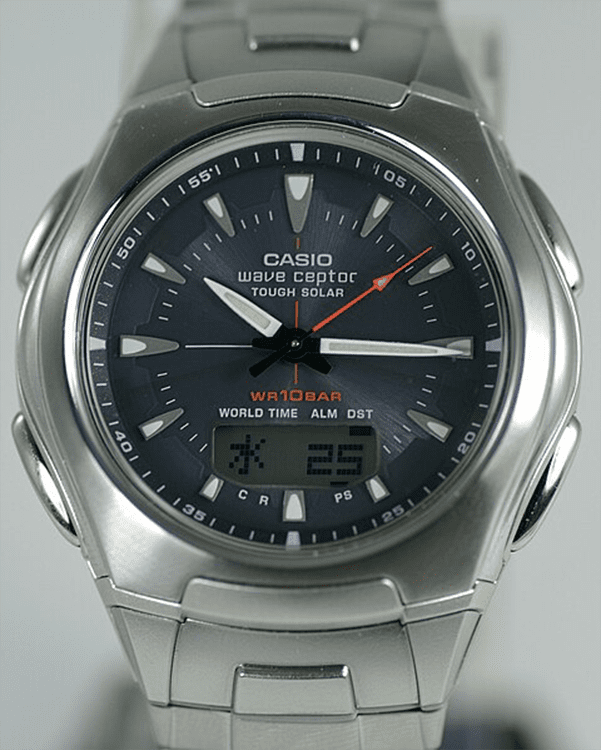
Caring for Your Solar Watch
Tips for Longevity
With the right care, a solar-powered watch can last as long as any traditional quartz or mechanical watch. Here’s how to ensure your solar watch remains fully functional and maintains its best appearance over time:
- Monthly Sun Recharge: Position your watch dial facing the sun for about 5-6 hours each month. This is usually enough to keep it charged and performing optimally, even through lower light seasons.
- Winter Precautions: In autumn and winter, sunlight is generally weaker, and wearing long sleeves may cover the watch face, limiting light exposure. Be mindful to give your watch the light it needs during these seasons, as it will help maintain the charge and avoid unexpected downtime.
- Avoid Excessive Heat: While it’s tempting to leave your watch on the dashboard to charge, extreme temperatures, especially heat, can harm the internal components. Much like smartphones, the heat can damage sensitive parts or cause discoloration in bands. Use a windowsill or another safe, sunlit area instead.
- Protect Your Bands: Leather and urethane bands can discolor if overexposed to the sun. To preserve the look of your watch, avoid prolonged direct sunlight exposure on these materials or opt for a metal or durable fabric band.

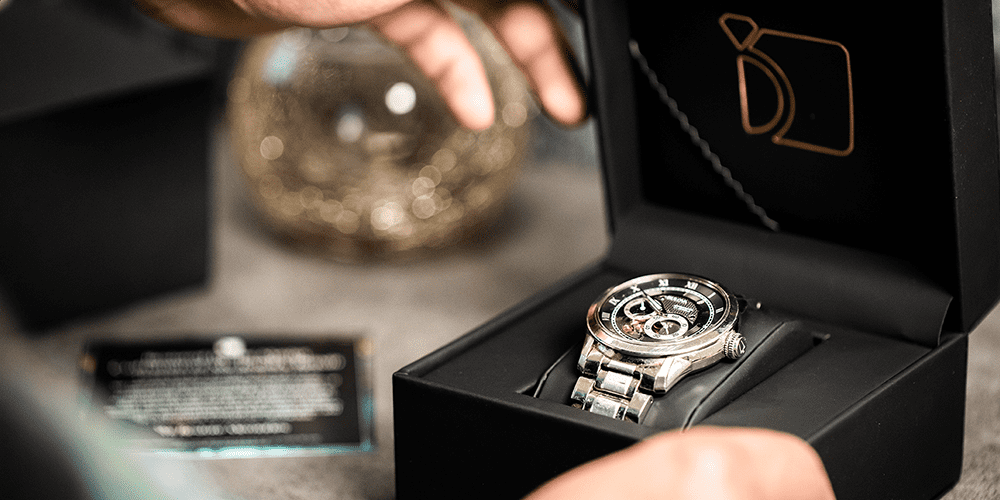
Originally Published October 16, 2017, Updated November 14, 2024
What to Do if Your Solar Watch Needs Repair
Although solar watches are built to be durable, they may still need occasional repairs or adjustments. Whether your solar watch needs a new crystal, replacement band, or internal repair, My Jewelry Repair offers expert services to restore your timepiece. As a trusted name in watch repairs, we handle all types of watches, including solar-powered models, with the same precision and care.
For those seeking a watch that blends sustainability with convenience, solar watches are an outstanding choice. With advanced technology, low maintenance needs, and environmental benefits, solar-powered watches are becoming an essential timepiece option for the modern age.
Resources:
- Casio Photo: https://en.wikipedia.org/
- Seiko Photo: https://en.wikipedia.org/
- Information and References: https://en.wikipedia.org/
- Information and References: https://www.gearpatrol.com/
- Information and References: https://teddybaldassarre.com/
Explore Our Watch Repair Services!
Visit our Watch Repair Services to learn more about the watch servicing that we offer or to schedule a repair today and experience unparalleled expertise in watch care.

Our Watchmaker Certifications Include




